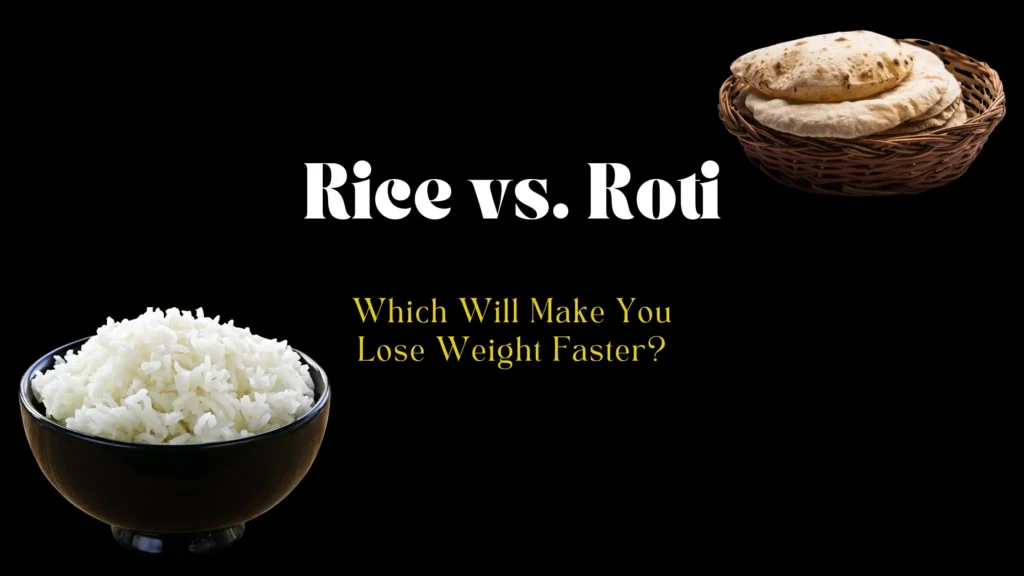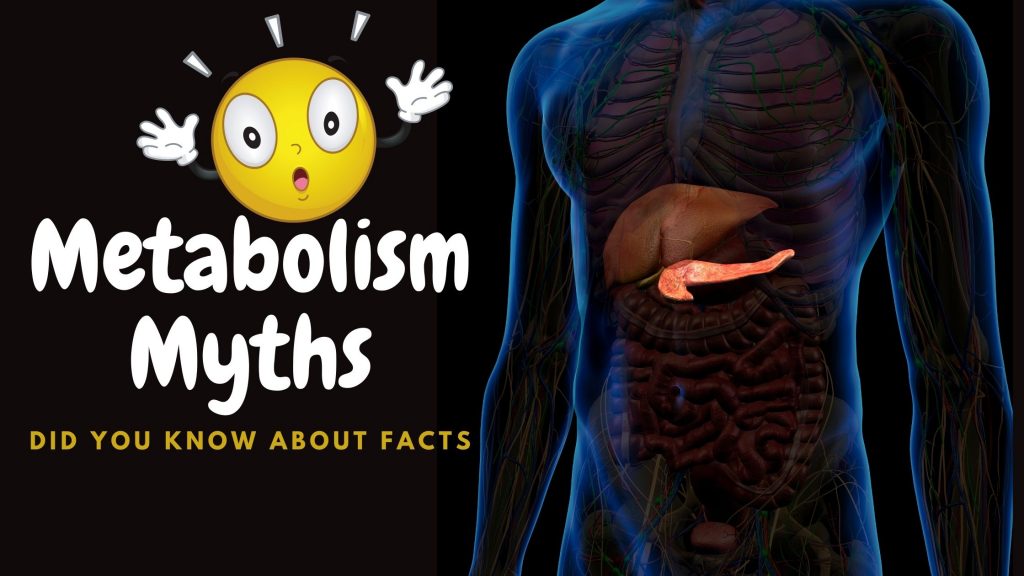When it comes to weight loss, the role of diet cannot be overstated. In South Asian cultures, rice and roti (also known as chapati or flatbread) are staple foods and primary energy sources due to their rich carbohydrate content. However, they differ significantly in their nutritional profiles and their effects on weight loss. We consulted with Dt. Kanika Narang, Deputy Manager of the Dietetics Department at Indraprastha Apollo Hospitals, to help you decide which one might be better for your weight loss journey.
Nutritional Comparison Between Rice and Roti
Rice
Roti
Rice is a cereal grain with many varieties, but the most common types are white and brown rice. According to Dt. Kanika Narang, a 100-gram serving of white rice contains:
- Calories: 356 kcal
- Carbohydrates: 78.2g
- Protein: 7.9g
- Fiber: 2.8g
- Glycemic Index (GI): 70-80 (high)
Roti, typically made from whole wheat flour, has a different nutritional profile. A 100-gram serving of whole wheat roti contains:
- Calories: 320 kcal
- Carbohydrates: 64.17g
- Protein: 10.5g
- Fiber: 11.3g
- Glycemic Index (GI): 55-60 (medium)
How Will It Help In Weight Loss?
Let’s explore how these differences can impact weight loss:
1. Calorie Content
At first glance, rice and roti have similar calorie counts: 356 kcal for white rice and 320 kcal for whole wheat roti per 100 grams. However, the difference in their density and nutritional profile means you’re likely to consume fewer calories with roti.
Roti is nutrient-dense, so a smaller portion may keep you full longer. In contrast, rice may lead to consuming larger portions to achieve the same level of satiety, potentially resulting in a higher overall calorie intake.
2. Fiber Content
Fiber plays a crucial role in weight loss by promoting satiety, improving digestion, and regulating blood sugar levels. Whole wheat roti contains significantly more fiber (11.3g per 100 grams) compared to white rice (2.8g per 100 grams). The higher fiber content in roti can help you feel full for longer periods, reducing the urge to overeat and aiding in better control over daily calorie intake.
3. Protein Content
Protein is essential for maintaining muscle mass during weight loss and contributes to feelings of fullness. Roti has a higher protein content (10.5g per 100 grams) compared to rice (7.9g per 100 grams). This higher protein level in roti can help control your appetite more effectively, preserve lean body mass, and even slightly boost your metabolism during weight loss.
4. Glycemic Index
The glycemic index (GI) measures how quickly a food raises blood sugar levels. Foods with a lower GI are often better for weight management as they lead to more stable blood sugar levels and fewer insulin spikes. Roti, with a GI of 55-60, has a lower glycemic index compared to white rice, which ranges from 70-80. This lower GI means roti is less likely to cause rapid spikes in blood sugar, which can be beneficial for weight management.
5. Processing and Refinement
White rice is a refined grain, meaning it has been stripped of its bran and germ layers, reducing its nutritional value. Whole wheat roti, on the other hand, is made from less processed flour that retains more nutrients and fiber. Eating less processed foods like whole wheat roti is generally considered better for weight loss and overall health because they help maintain steady blood sugar levels and keep you feeling full longer.
6. Versatility and Portion Control
Roti is often easier to portion control due to its standard size and shape. A single roti typically has a known calorie count, which can help in managing portion sizes more effectively. Rice, especially when served in a bowl, can be more challenging to measure accurately, potentially leading to overconsumption. This ease of portion control with roti may help prevent unintentional calorie overages.
Making the Right Choice for Weight Loss
Dt. Kanika Narang emphasizes that while roti appears to have several advantages over rice for weight loss, it’s crucial to remember that no single food determines weight loss success. A balanced and nutritious diet combined with regular physical activity is key to achieving and maintaining a healthy weight.
If You Prefer Rice:
- Opt for brown or wild rice: These are less processed and contain more fiber and nutrients than white rice, making them better choices for weight loss.
- Practice portion control: Use smaller bowls or measure servings to avoid overeating.
- Pair with protein-rich foods and vegetables: This combination increases satiety and provides balanced nutrition.
If You Opt for Roti:
- Choose whole wheat flour: This maximizes the nutritional benefits and helps with weight loss.
- Be mindful of added fats: Avoid using too much oil or butter while cooking or serving.
- Pair with lean proteins and vegetables: This ensures a balanced and filling meal.
The Verdict: Rice or Roti for Weight Loss?
While both rice and roti can be part of a healthy diet, whole wheat roti may have some advantages for weight loss due to its higher fiber and protein content, lower glycemic index, and easier portion control. However, the key to successful weight loss lies in overall dietary balance, portion control, and lifestyle factors such as regular exercise and adequate sleep.
Tips to Make Your Meals Weight-Loss Friendly
Here are a few additional strategies to make both rice and roti work for you in your weight loss journey:
- Watch Your Portions: Regardless of whether you choose rice or roti, monitoring portion sizes is essential. Even healthy foods can contribute to weight gain if eaten in excess.
- Avoid Overloading on Carbs: Balance your plate with a healthy mix of carbohydrates, proteins, and fats. Adding a generous portion of vegetables can help bulk up your meal without adding too many calories.
- Stay Hydrated: Drinking water throughout the day helps with digestion and can also prevent overeating by ensuring you’re not confusing thirst with hunger.
- Mind Your Cooking Methods: Avoid deep-frying or adding excessive oil, butter, or ghee to your rice or roti. Choose healthier cooking methods like steaming, boiling, or roasting.
Conclusion
Ultimately, the choice between rice and roti for weight loss depends on personal preferences, lifestyle, and specific dietary needs. Dt. Kanika Narang concludes, “While both rice and roti can be part of a healthy diet, roti, particularly whole wheat roti, may have some advantages for weight loss due to its higher fiber and protein content, lower glycemic index, and easier portion control. However, the key to successful weight loss lies in overall dietary balance, portion control, and lifestyle factors.”
By understanding the nutritional differences and making informed choices, you can enjoy either rice or roti while still achieving your weight loss goals. Remember, there’s no one-size-fits-all approach to dieting. Experiment, listen to your body, and choose what makes you feel your best while staying aligned with your weight loss objectives.



